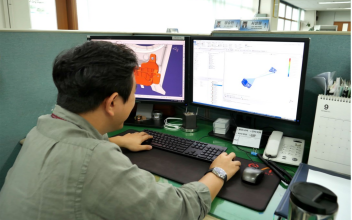Analyzes large-scale models quickly and accurately.
Nonlinear Static AnalysisPerforms calculations efficiently with superior convergence.
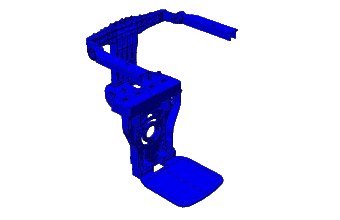 Linear Static Analysis of Medical Transport Equipment
Linear Static Analysis of Medical Transport Equipment
- Utilization of next-generation solvers: Multi-frontal solver and AMG solver
- High-speed analysis using a high-performance parallel solver
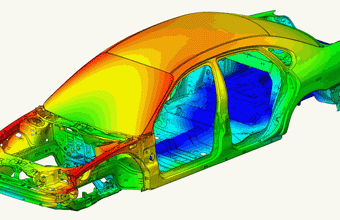 BIW Stiffness Evaluation
BIW Stiffness Evaluation
- Stiffness evaluation of the vehicle body BIW subjected to various loads.
- Fast analysis is possible even for models exceeding 1 million degrees of freedom (DOF).
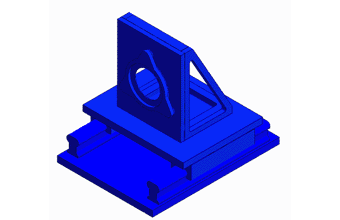 Lens mount rail travel simulation
Lens mount rail travel simulation
- Linear contact analysis using sliding contact.
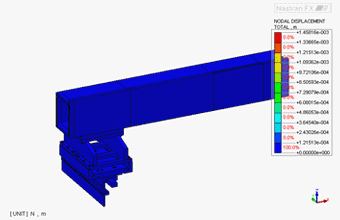 Transfer Equipment Simulation
Transfer Equipment Simulation
- Relative displacement analysis using sliding contact.
- Structural safety review through bolt stress analysis.
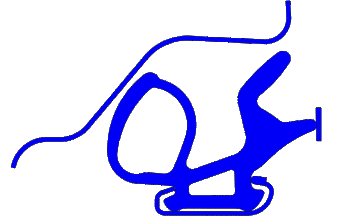 Weatherstrip material nonlinear analysis
Weatherstrip material nonlinear analysis
- Analysis of weatherstrip nonlinear behavior during automobile door opening/closing.
- Application of hyperelastic (rubber) model.
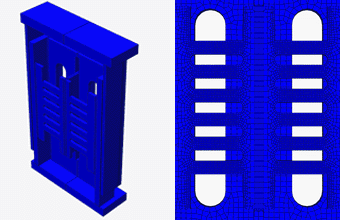 Seismic Performance Evaluation of a Seismic Damper
Seismic Performance Evaluation of a Seismic Damper
- Application of elasto-plastic material model using a Stress-Strain curve.
- Evaluation of energy absorption capacity during a seismic event.
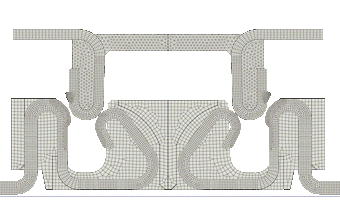 Mobile phone connector insertion/removal analysis
Mobile phone connector insertion/removal analysis
- Nonlinear contact analysis considering friction.
- Residual stress analysis considering large deformation and material nonlinearity.
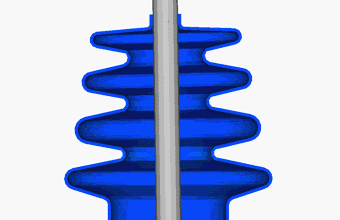 Boot seal nonlinear contact analysis
Boot seal nonlinear contact analysis
- Nonlinear analysis considering self-contact.
- Nonlinear analysis considering hyperelastic material / large deformation.



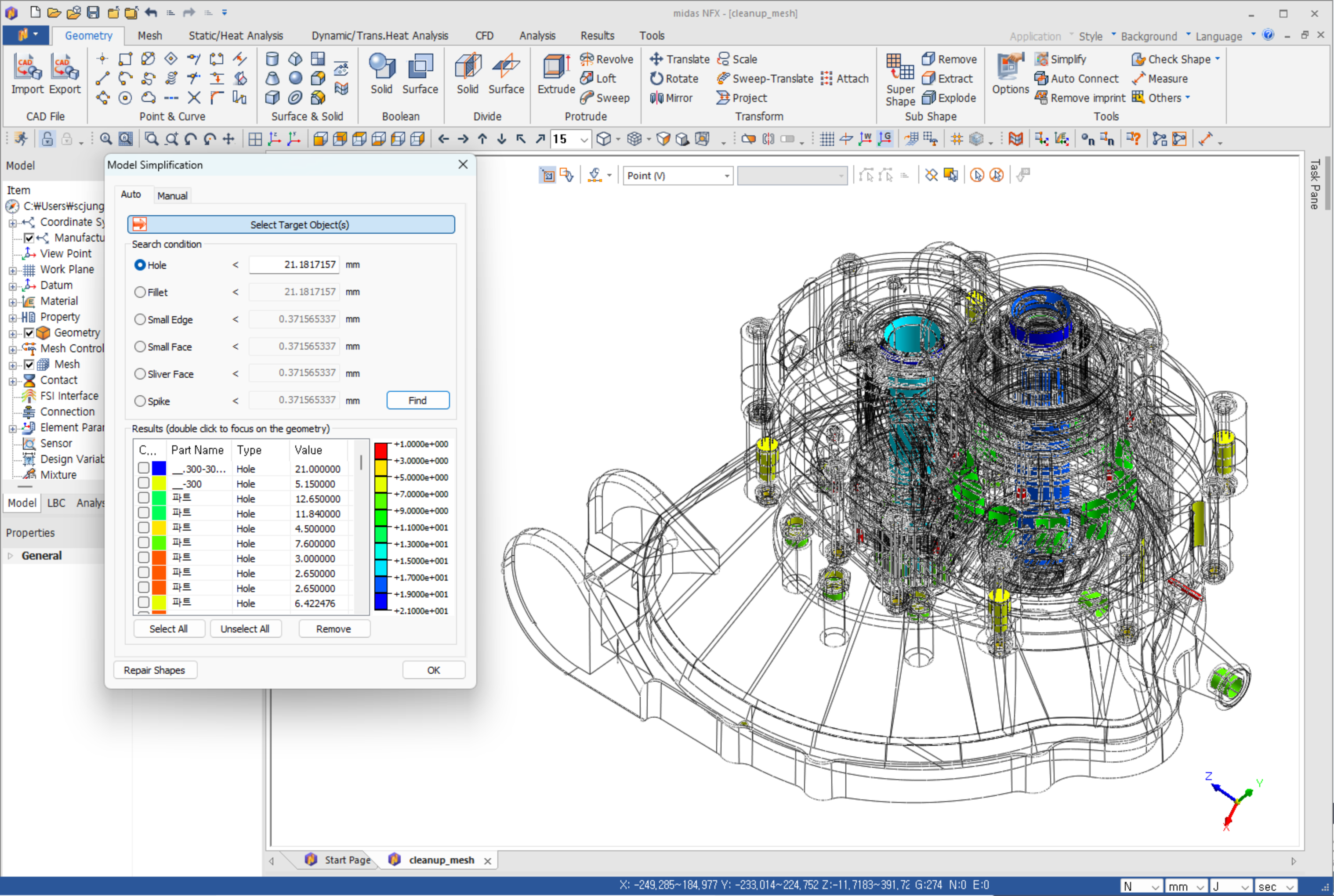
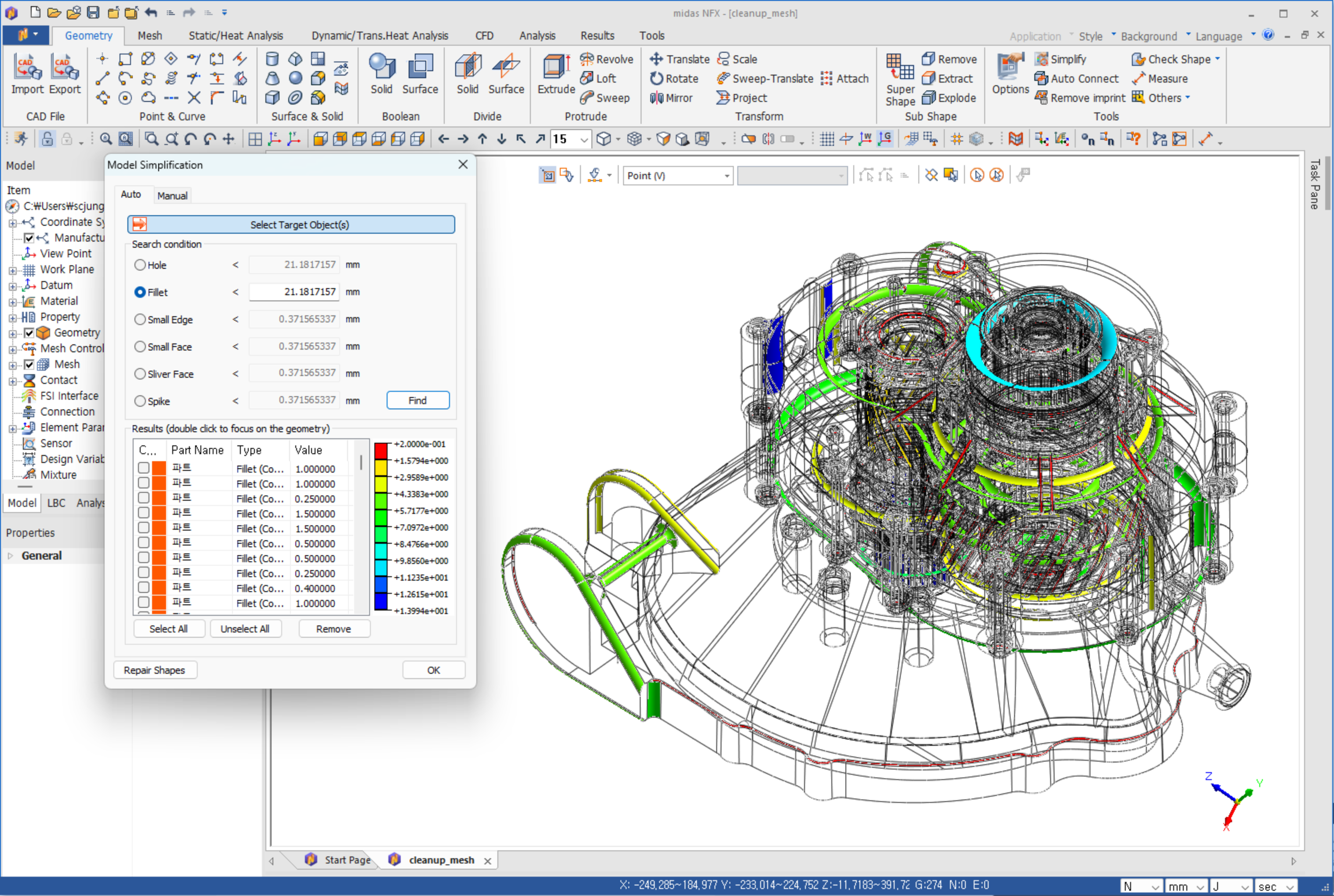
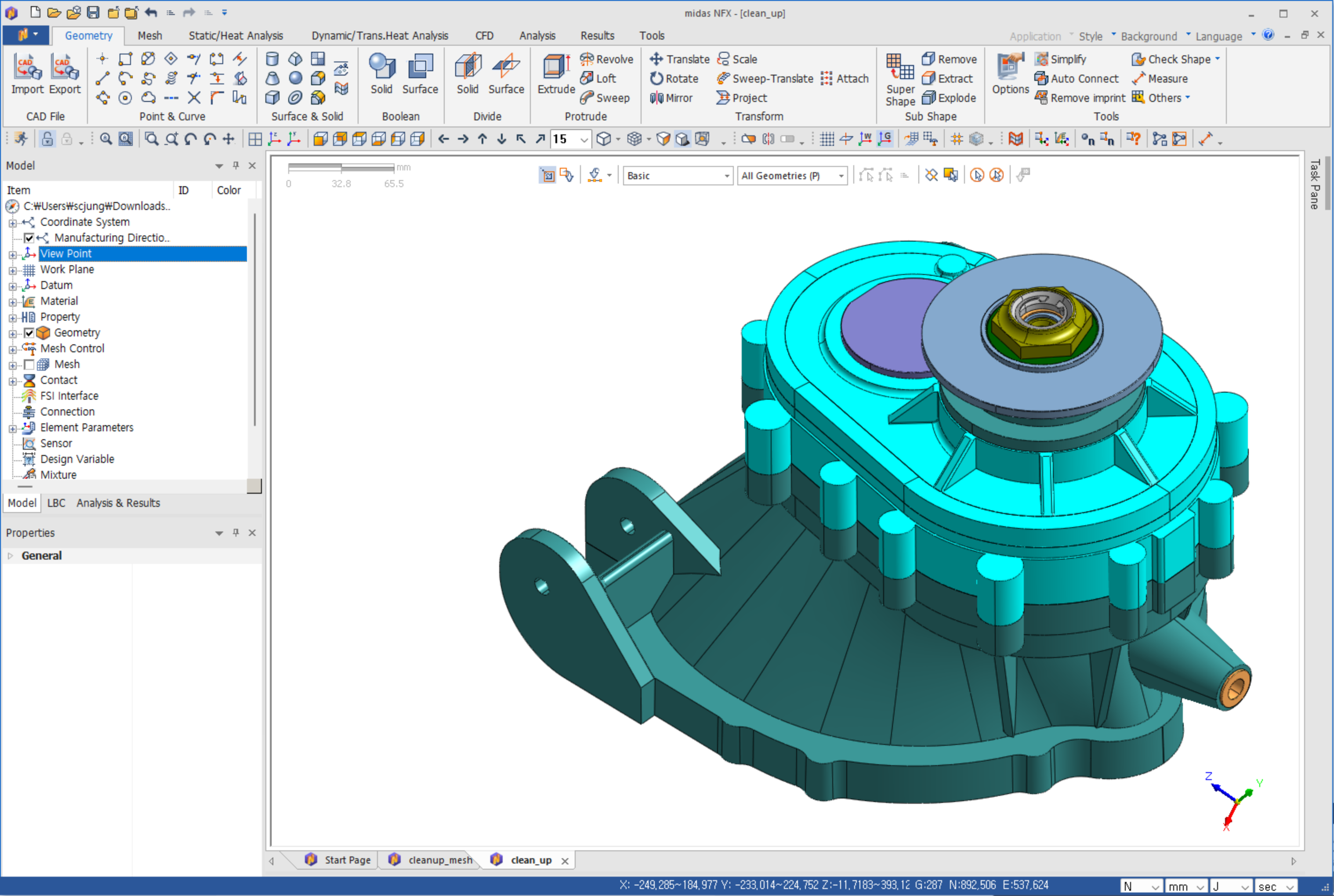
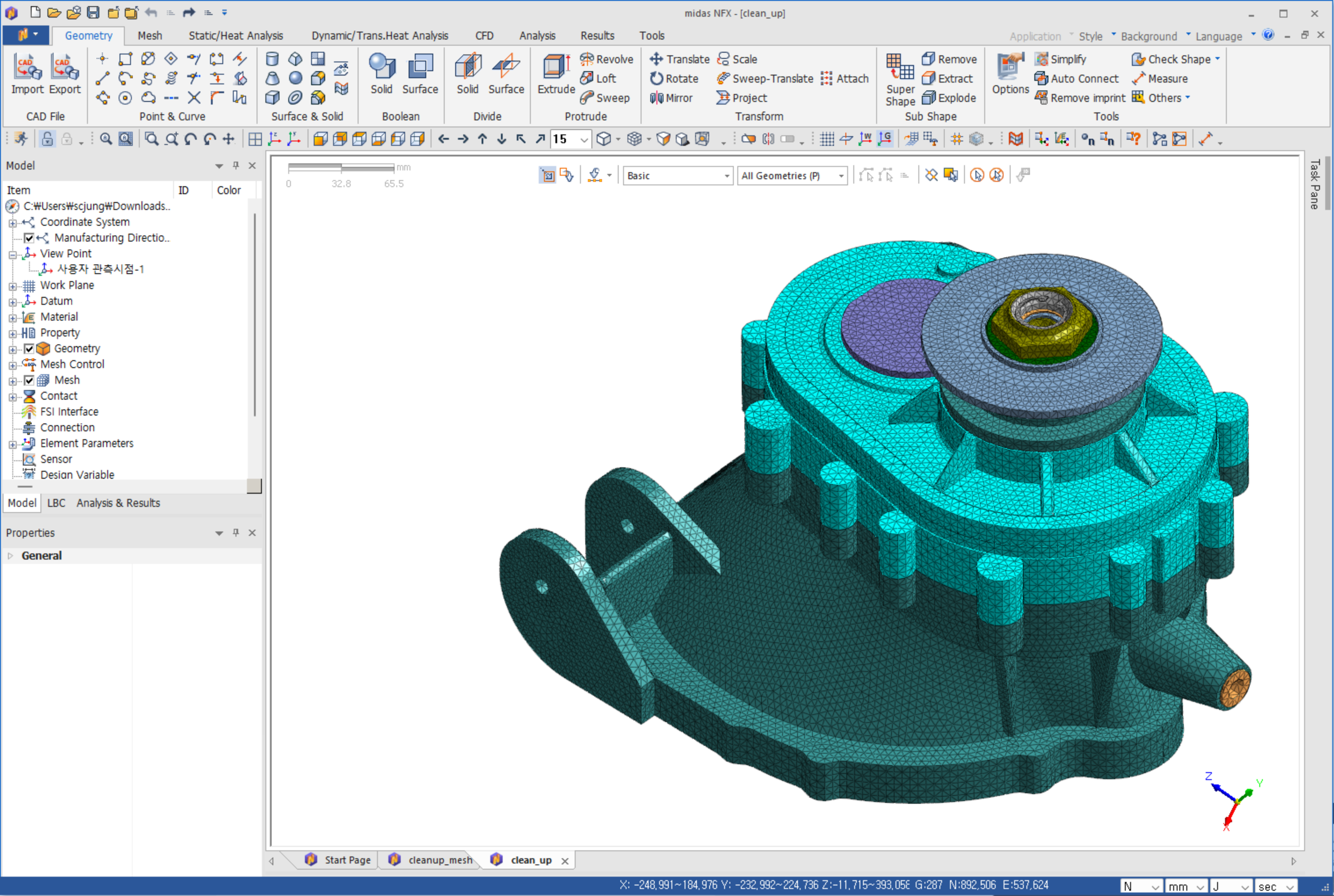
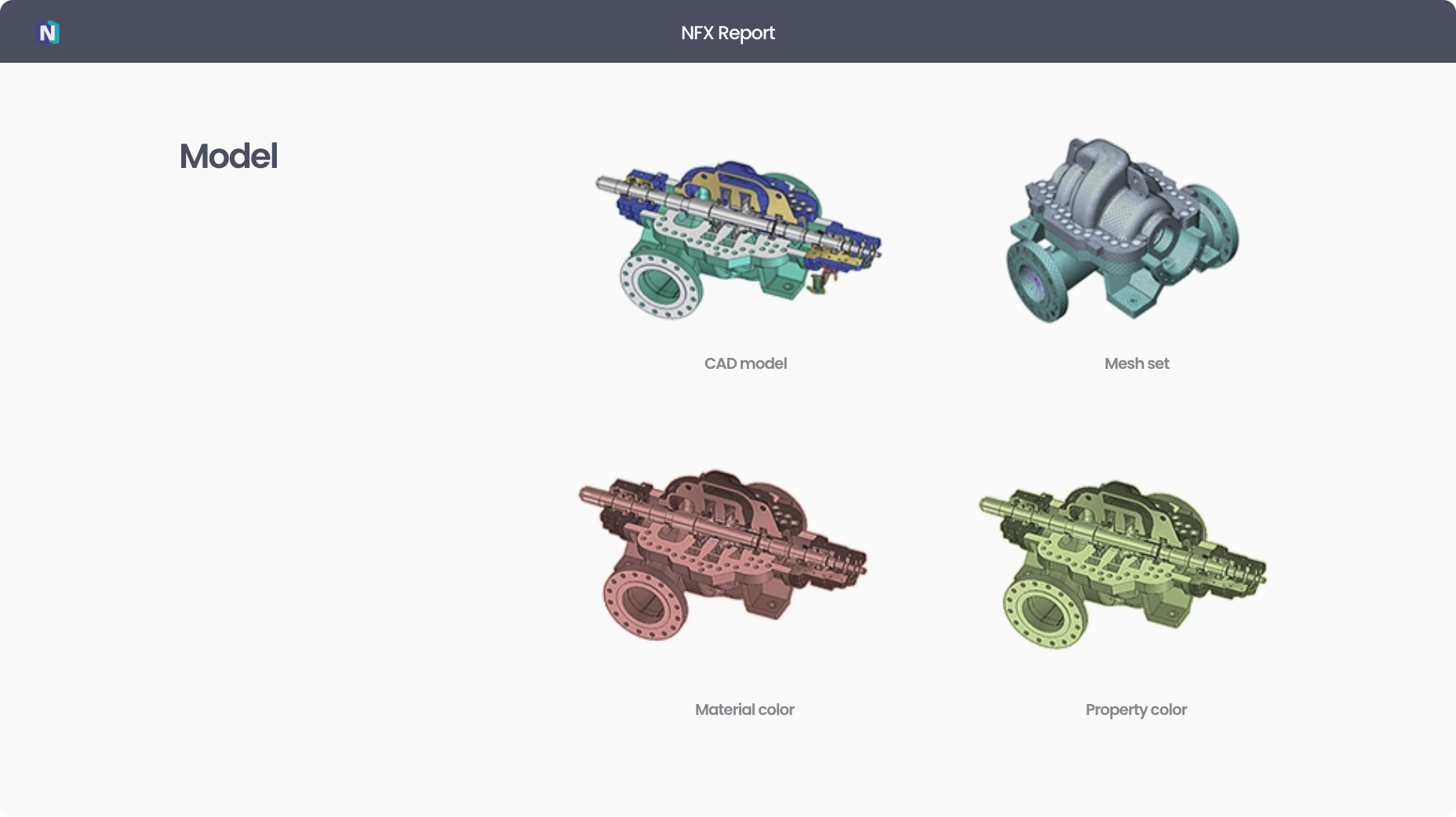
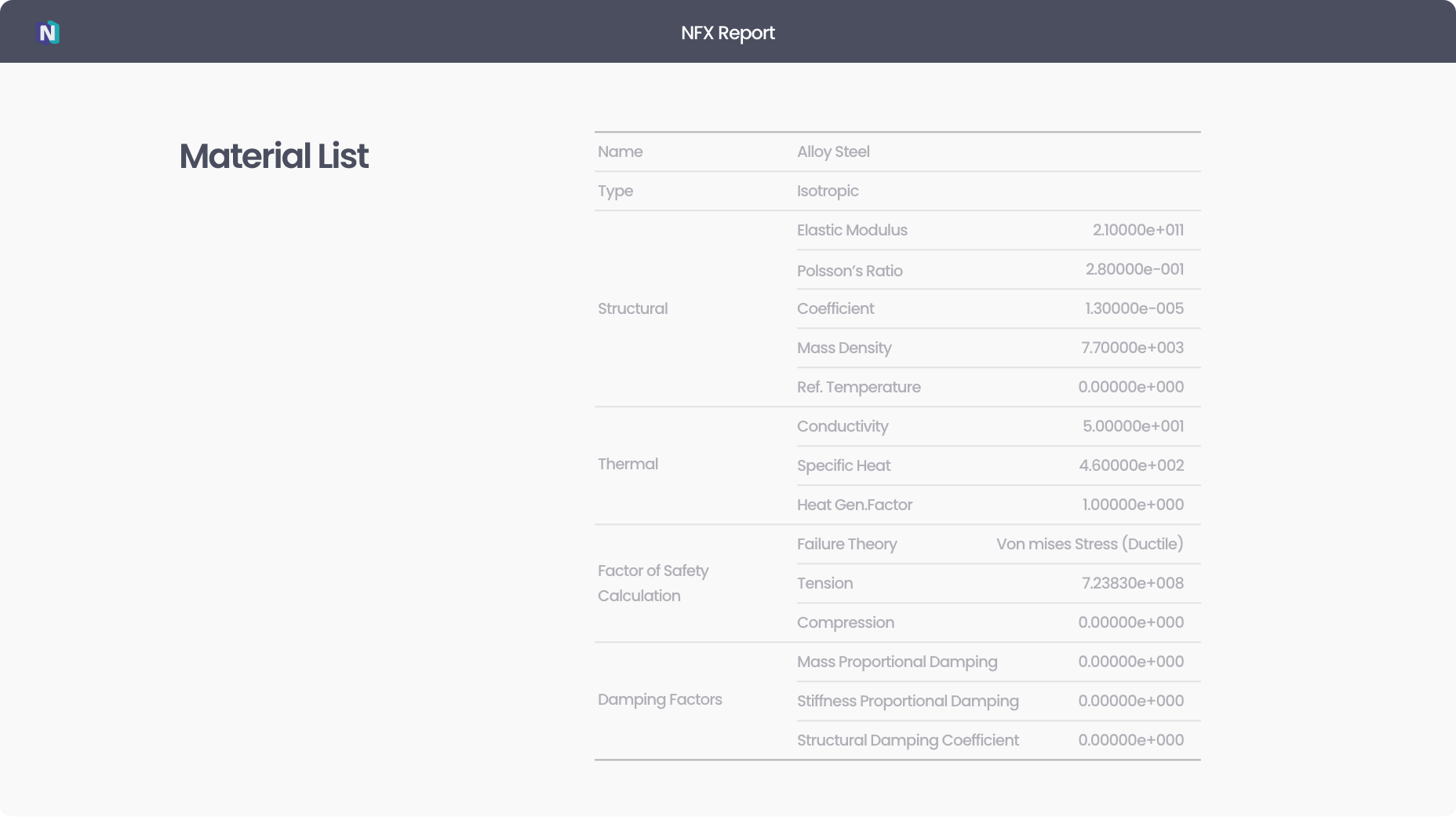
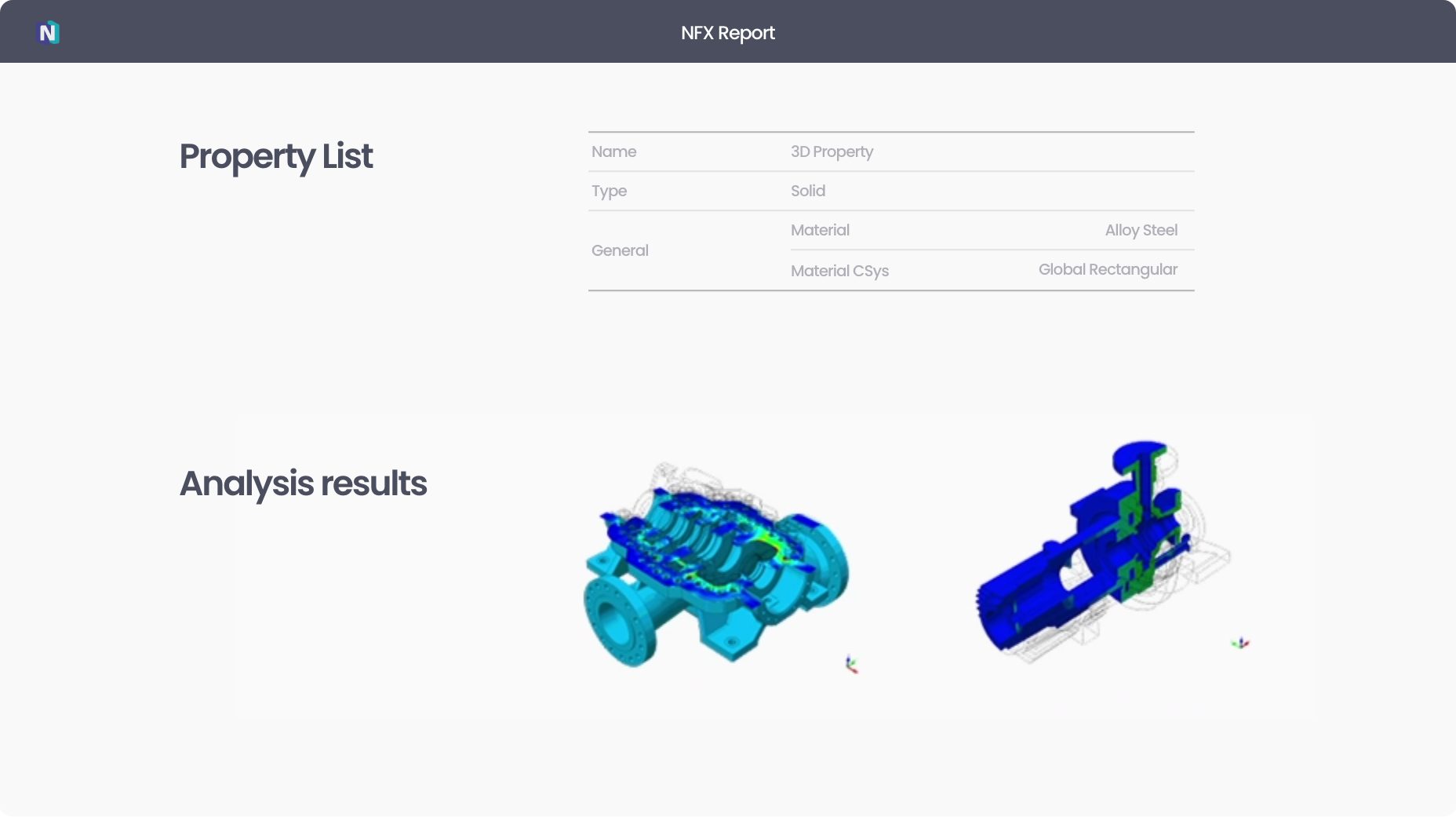
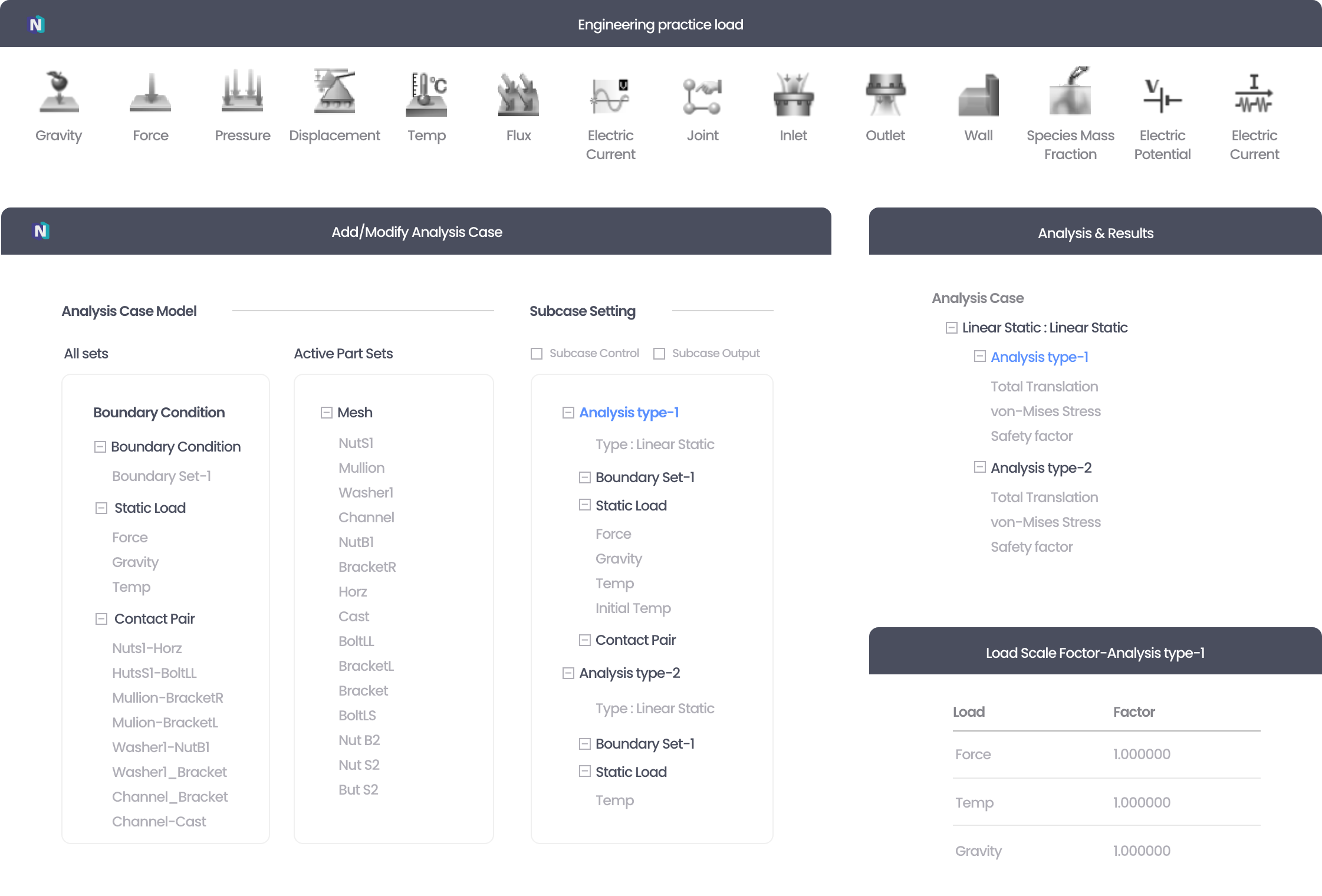
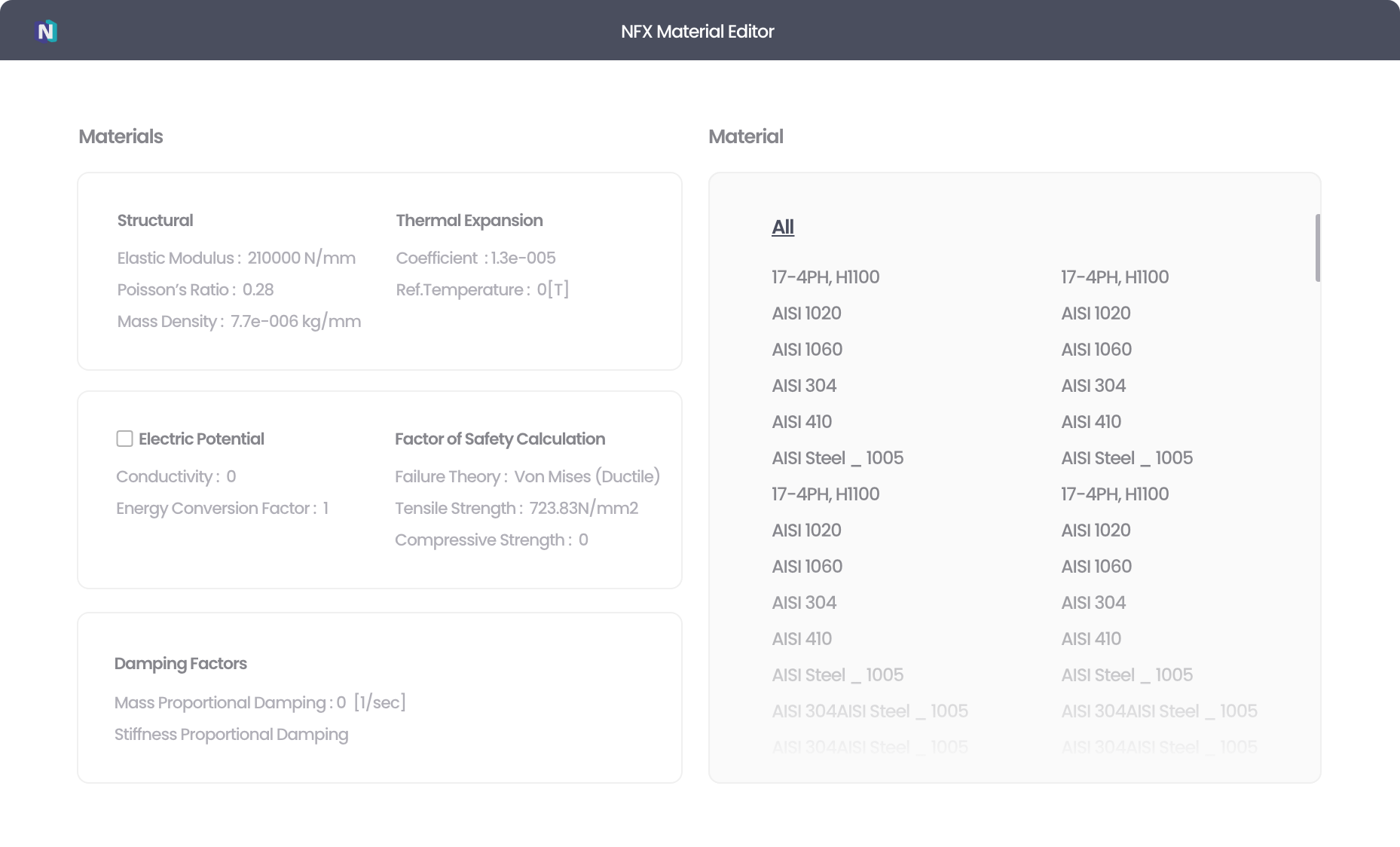
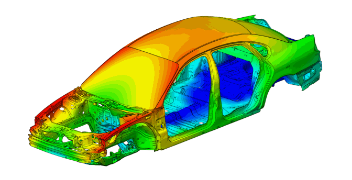
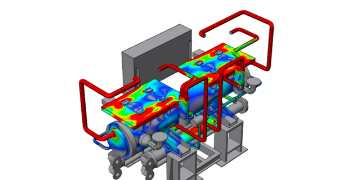
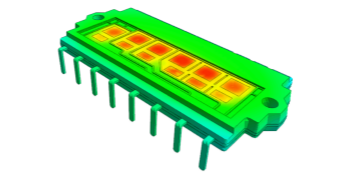
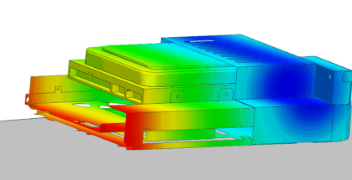
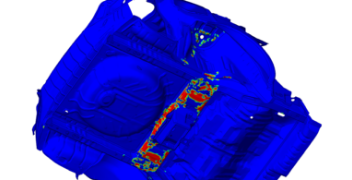
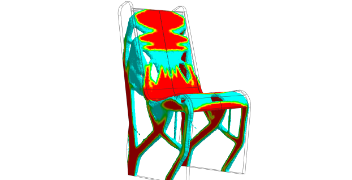
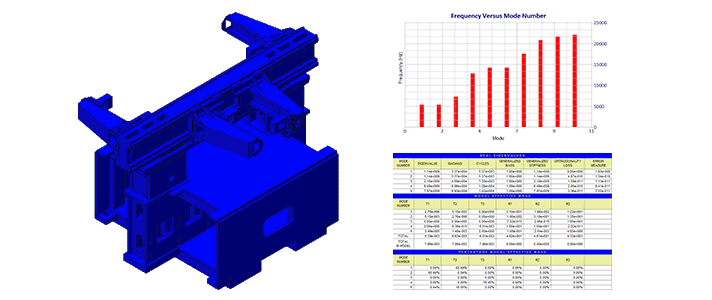 Eigenvalue Analysis of Semiconductor Equipment
Eigenvalue Analysis of Semiconductor Equipment
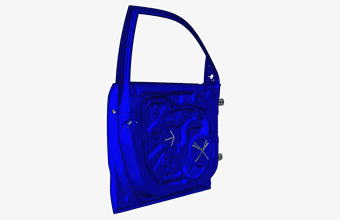 Automobile door transient response simulation
Automobile door transient response simulation
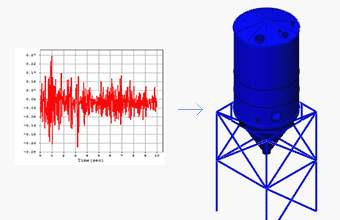 Seismic analysis applying Enforced Motion
Seismic analysis applying Enforced Motion
 Analysis of dynamic characteristics of a marine refrigerator due to vibration load
Analysis of dynamic characteristics of a marine refrigerator due to vibration load
 Seismic performance verification of an ultra-large extraction robot
Seismic performance verification of an ultra-large extraction robot
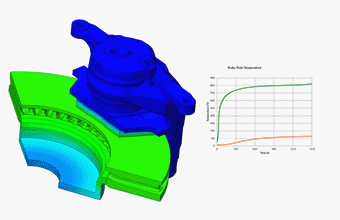 Brake System Thermal Capacity Evaluation
Brake System Thermal Capacity Evaluation
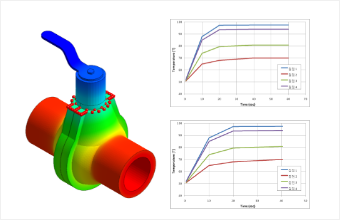 Transient heat transfer analysis of a ball valve using the sensor function
Transient heat transfer analysis of a ball valve using the sensor function
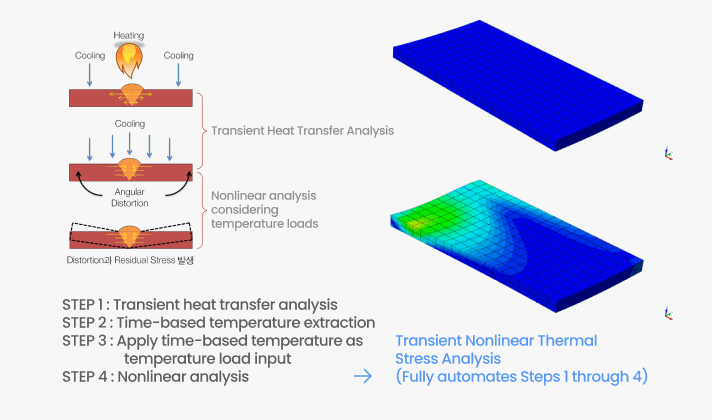 Brake System Thermal Capacity Evaluation
Brake System Thermal Capacity Evaluation
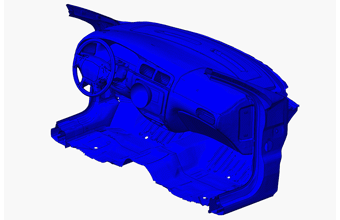 Instrument Panel Head Impact
Instrument Panel Head Impact
 RCAR Rear Part Low Speed Impact
RCAR Rear Part Low Speed Impact
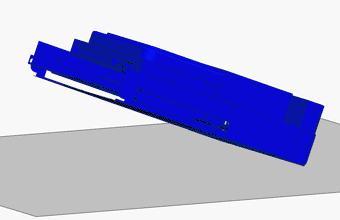 Hard disk drop analysis
Hard disk drop analysis
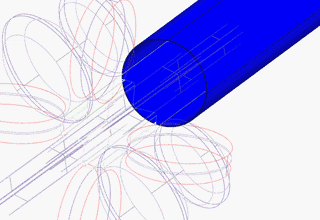 Sheet Metal Forming
Sheet Metal Forming
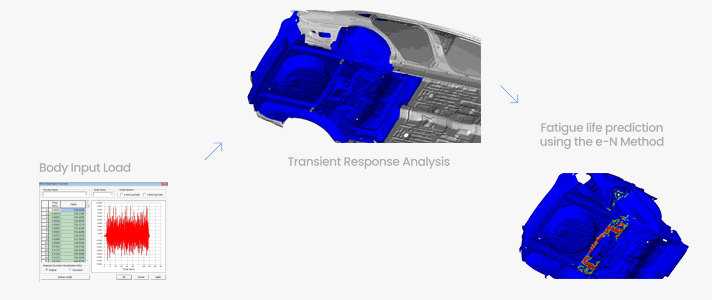 Fatigue Life Analysis of Vehicle Body
Fatigue Life Analysis of Vehicle Body
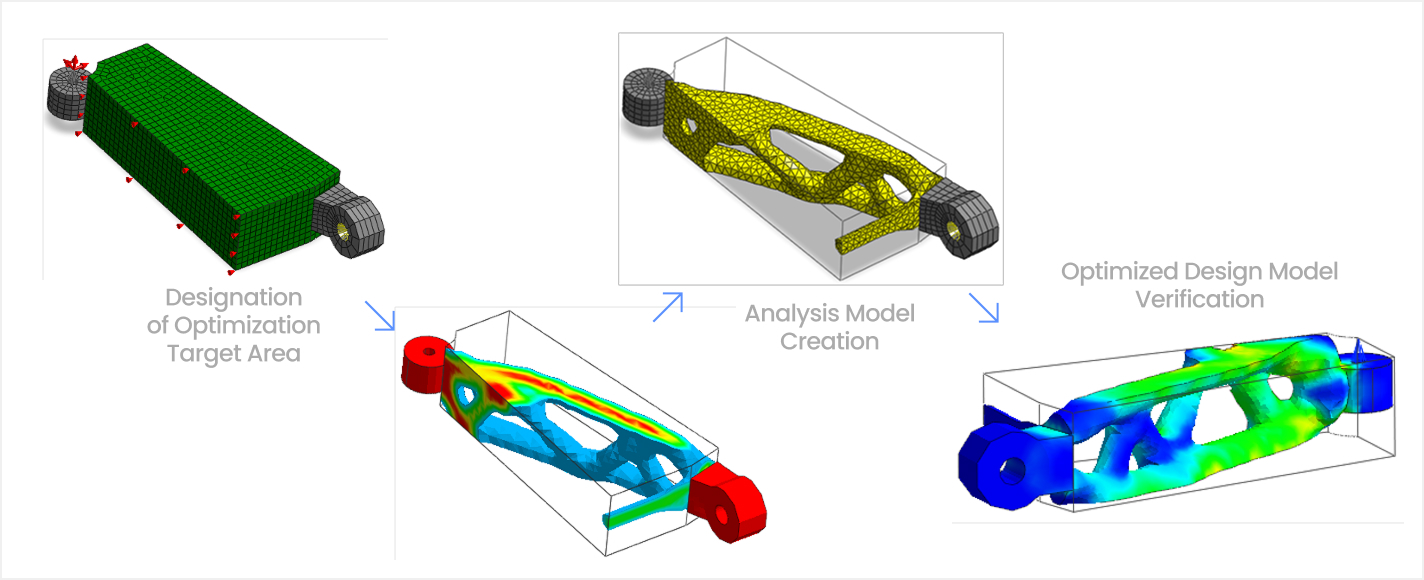 Topology Optimization Design Workflow
Topology Optimization Design Workflow
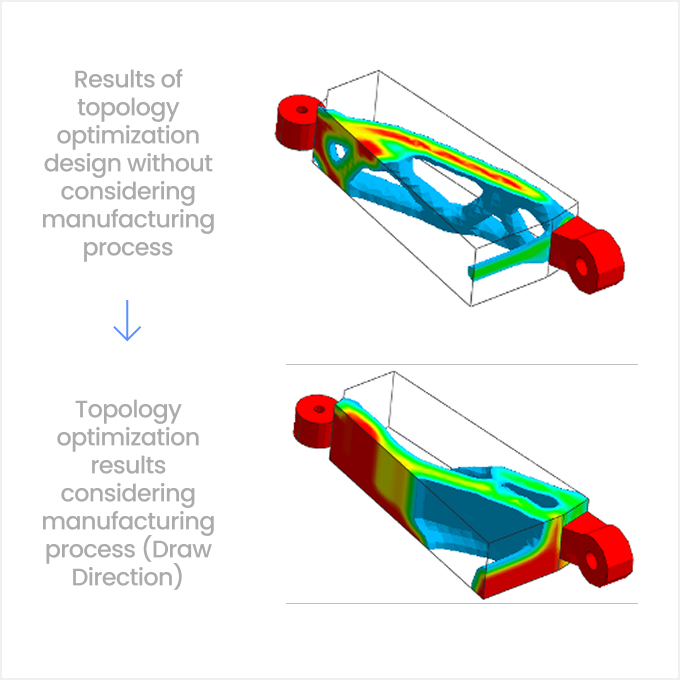 Topology Optimization Design Considering Manufacturing Processes
Topology Optimization Design Considering Manufacturing Processes
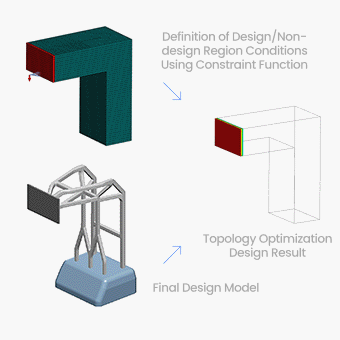 Topology Optimization Design Considering Constraints
Topology Optimization Design Considering Constraints
 Stiffness Maximization Utilizing Linear Static Analysis
Stiffness Maximization Utilizing Linear Static Analysis
 Volume Minimization Utilizing Frequency Response Analysis
Volume Minimization Utilizing Frequency Response Analysis
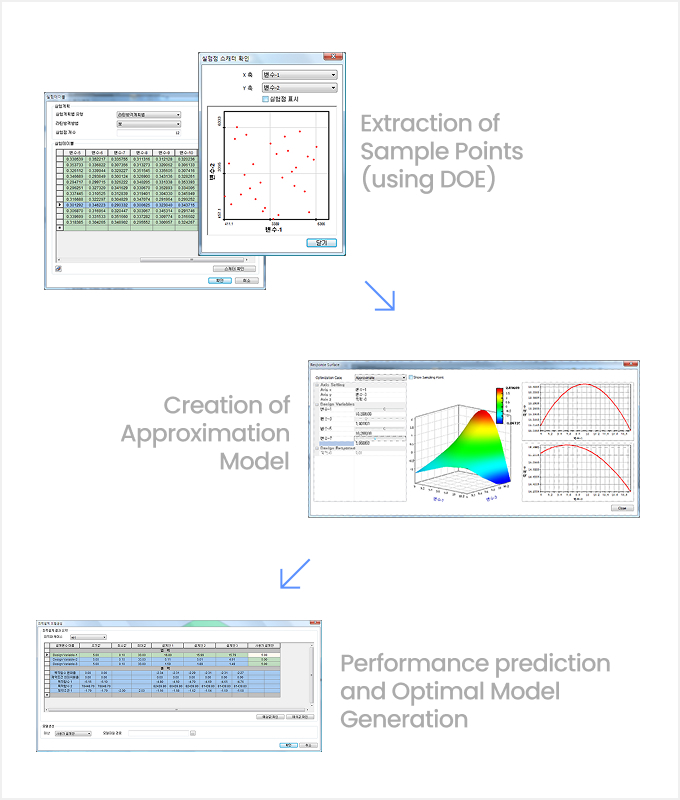 Workflow for Approximation Model-Based Size Optimization
Workflow for Approximation Model-Based Size Optimization
 Workflow for Size Optimization Based on Topology Optimization Mode
Workflow for Size Optimization Based on Topology Optimization Mode

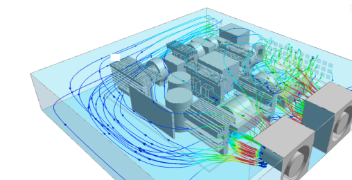
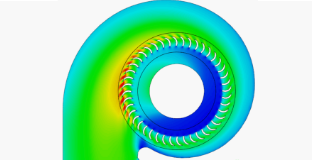
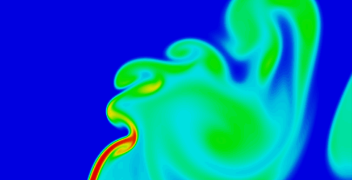
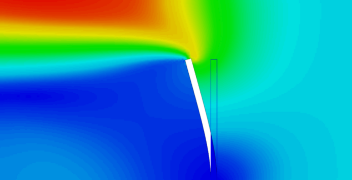
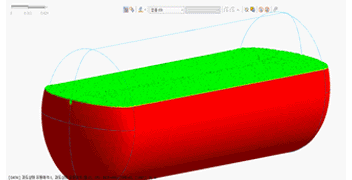
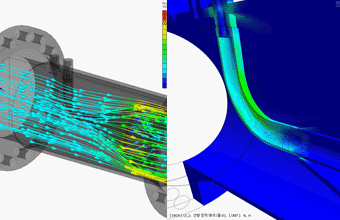 Flow Meter Fluid Flow Analysis and Structural Safety Evaluation
Flow Meter Fluid Flow Analysis and Structural Safety Evaluation
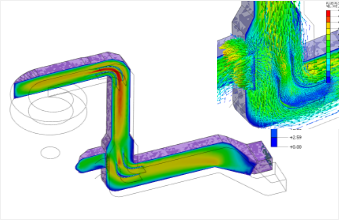 Thermal Power Plant Duct Guide Vane Design
Thermal Power Plant Duct Guide Vane Design
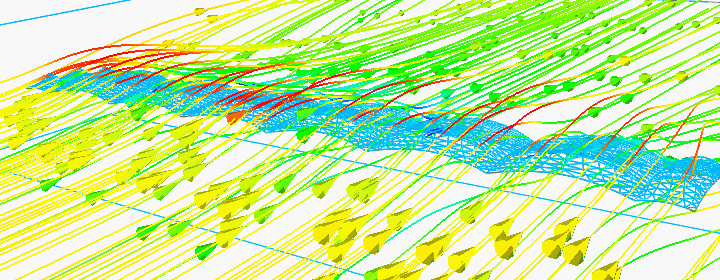 Wind Load Analysis of Membrane Structures
Wind Load Analysis of Membrane Structures
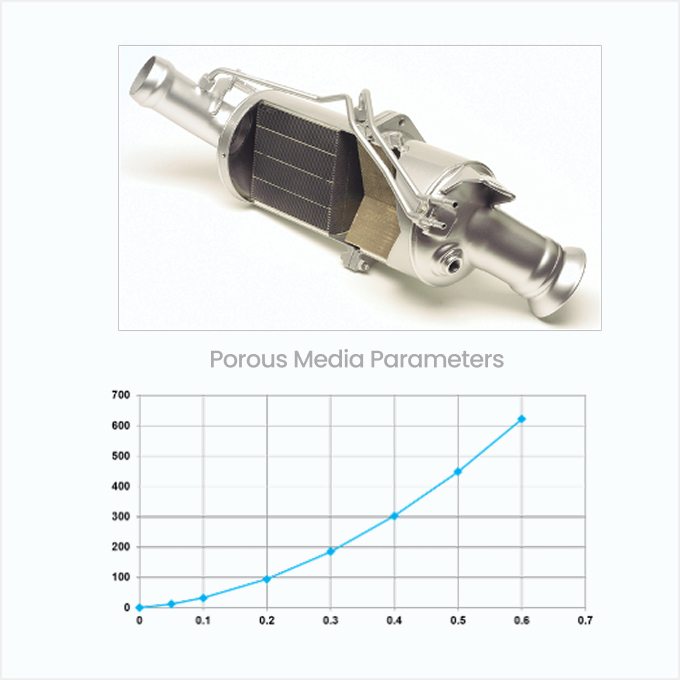 Catalytic Converter Analysis Utilizing the Porous Media Model
Catalytic Converter Analysis Utilizing the Porous Media Model
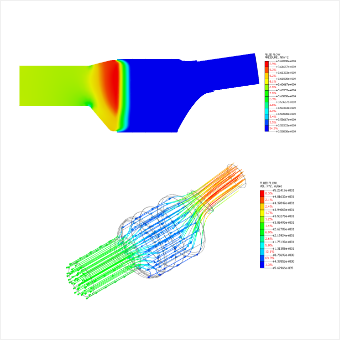
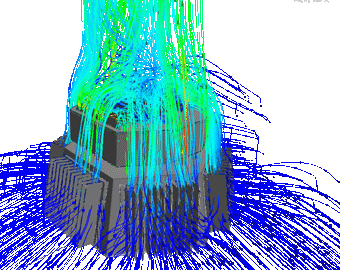 Heat Dissipation Performance Evaluation of LED Lighting
Heat Dissipation Performance Evaluation of LED Lighting
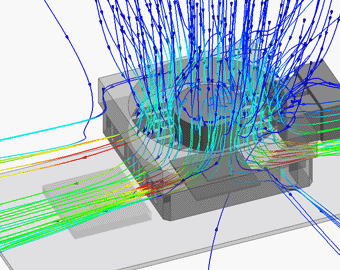 Graphics Card Cooling Performance Evaluation
Graphics Card Cooling Performance Evaluation
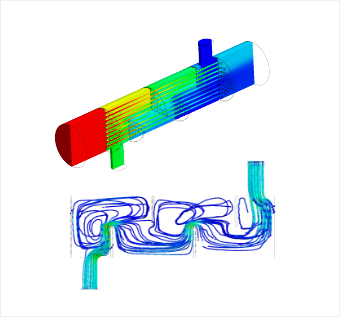 Thermo-fluid Analysis of Heat Exchanger
Thermo-fluid Analysis of Heat Exchanger
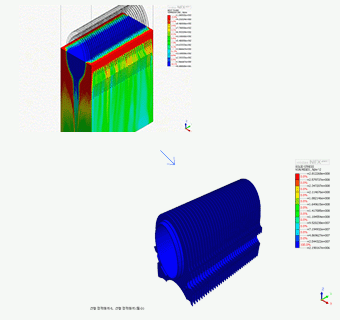 Coupled Thermo-fluid and Thermal Deformation Analysis of Heat Exchanger
Coupled Thermo-fluid and Thermal Deformation Analysis of Heat Exchanger
 Thermo-fluid Analysis of Electrical Distribution Panel
Thermo-fluid Analysis of Electrical Distribution Panel
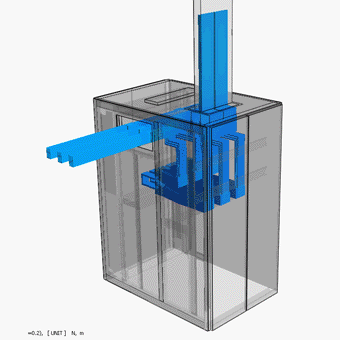
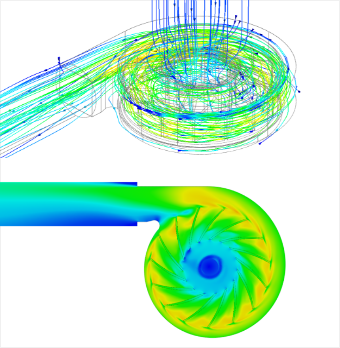 Flow Analysis of Boiler Blower
Flow Analysis of Boiler Blower
 Blower Analysis Utilizing Mesh Deformation Module
Blower Analysis Utilizing Mesh Deformation Module
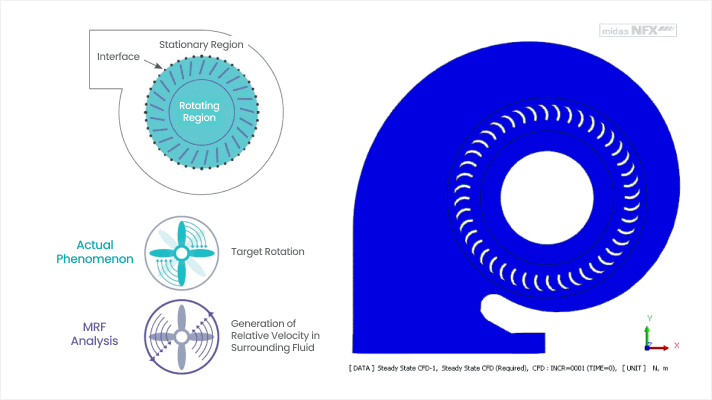 Centrifugal Fan Analysis Utilizing MRF Function
Centrifugal Fan Analysis Utilizing MRF Function
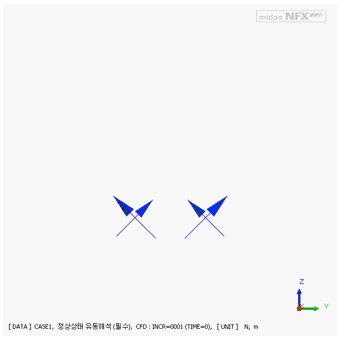 Agitator Analysis Utilizing MRF Function
Agitator Analysis Utilizing MRF Function
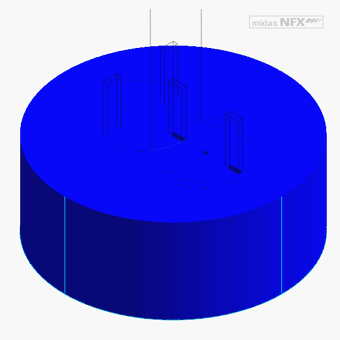 Mixing Performance Evaluation of Dual-Axis Agitator
Mixing Performance Evaluation of Dual-Axis Agitator
 Gas Mixing Analysis Utilizing Mesh Deformation and Mixture Analysis
Gas Mixing Analysis Utilizing Mesh Deformation and Mixture Analysis
 Pollutant Dispersion Assessment
Pollutant Dispersion Assessment
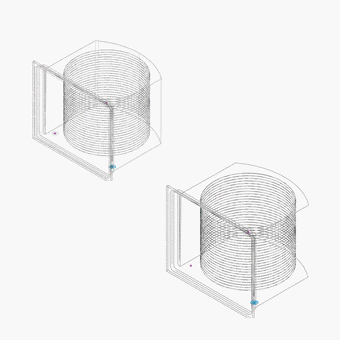 Analysis of Nitrogen Purging inside FOUP
Analysis of Nitrogen Purging inside FOUP
 Air Purifier Performance Verification Analysis
Air Purifier Performance Verification Analysis
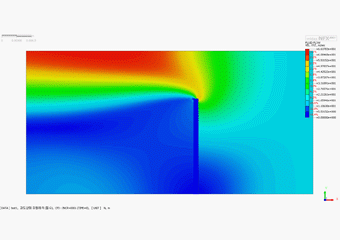 2-Way FSI Utilizing Deforming Mesh
2-Way FSI Utilizing Deforming Mesh
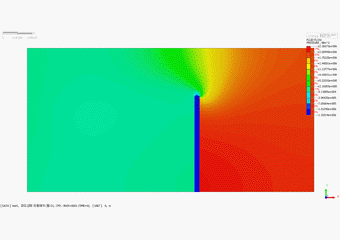
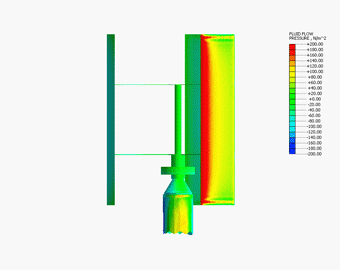 Vertical Axis Wind Turbine Flow Analysis
Vertical Axis Wind Turbine Flow Analysis
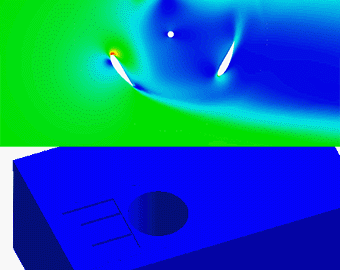 Clean Room Internal Flow Analysis
Clean Room Internal Flow Analysis
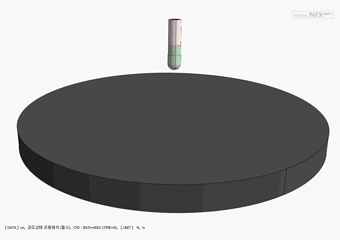 Wafer Surface Cleaning Analysis
Wafer Surface Cleaning Analysis
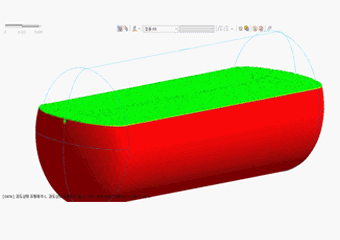 LNG Carrier Tank Sloshing Analysis
LNG Carrier Tank Sloshing Analysis
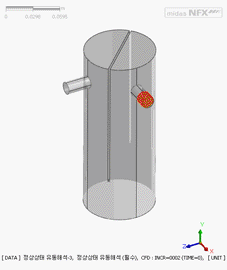
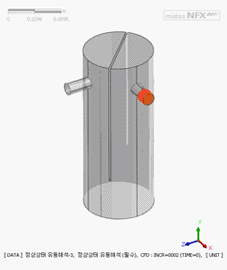
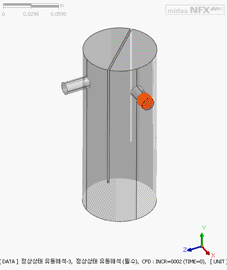 Oil Catch Can Flow Analysis
Oil Catch Can Flow Analysis


